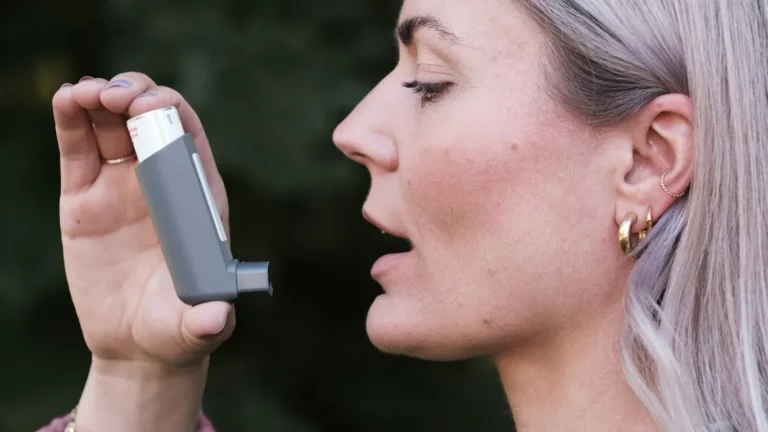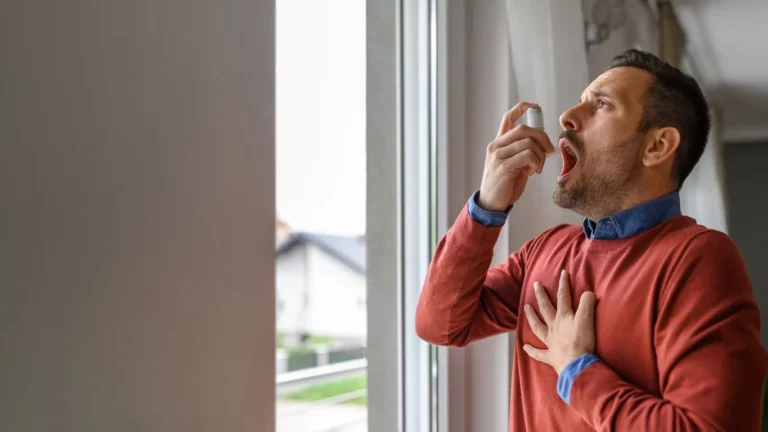Best Ways to Ease RA Flare Pain and Feel Better Fast
Rheumatoid arthritis (RA) is a chronic condition that causes inflammation in the joints, often making everyday tasks painful. For people living with RA, flare-ups—times when symptoms get suddenly worse—can be especially hard. The good news is, there are ways to ease the pain and manage flares at home. Understanding what causes these flares and how to treat them can help you feel more in control.
Understanding Rheumatoid Arthritis and Flares
Rheumatoid arthritis is an autoimmune disease. This means the body’s immune system, which normally fights off germs, mistakenly attacks healthy joints. This causes swelling, stiffness, and joint damage over time.
A “flare” is when RA symptoms suddenly become worse. You might feel more pain, see more swelling, or have less energy. These flares can last a few days or even several weeks. They’re unpredictable but common—even if you’re doing all the right things to manage your condition.
Knowing what’s happening inside your body during a flare can help you respond in the right way and reduce long-term damage.
How RA Works in the Body
RA mainly targets the synovium—the thin lining around your joints. When RA flares up, the immune system sends inflammation into this lining, which can make joints feel hot, swollen, and painful.
This inflammation can also cause fatigue, fever, or a general “flu-like” feeling. Over time, repeated inflammation can damage bones and cartilage in the joints. That’s why managing flare pain early is important—to prevent lasting joint problems.
Doctors often treat RA with medications that lower inflammation or calm the immune system. But during a flare, you may also need extra relief for pain and discomfort.
Common Causes of RA Flares
RA flares can be triggered by a variety of things. Not everyone has the same triggers, so it’s helpful to track your symptoms and daily habits to find patterns. Common causes include:
- Infections: A cold or flu can spark a flare by activating the immune system.
- Stress: Emotional stress can lead to body-wide inflammation.
- Changes in medication: Missing doses or switching drugs may lead to symptoms coming back.
- Weather: Some people feel worse in damp or cold weather.
- Poor sleep: Lack of rest can weaken the immune system and increase pain.
If you notice flares happen after a certain activity, food, or event, keeping a journal can help you work with your doctor to avoid those triggers in the future.
How to Ease RA Flare Pain at Home
When a flare starts, taking quick action can reduce the intensity and make you feel better faster. Here are some strategies that can help:
1. Rest the Affected Joints
During a flare, give your joints a break. Avoid activities that strain your hands, knees, or other painful areas. Use assistive devices, like braces or splints, if needed. Just make sure not to rest too much—gentle movement helps prevent stiffness.
2. Apply Heat or Cold
Both heat and cold can soothe flare pain:
- Heat: Use a warm towel, heating pad, or warm bath to relax stiff muscles and improve blood flow.
- Cold: Ice packs or cold compresses can numb the area and reduce swelling.
Use whatever feels better for you, and limit applications to 15–20 minutes at a time to avoid skin damage.
3. Take Prescribed Medications
Flare-ups may need a short-term increase in medication. This could include:
- NSAIDs like ibuprofen for pain and swelling
- Prednisone or other steroids for quick inflammation control
- DMARDs or biologics for long-term flare prevention
Never change your dosage without talking to your doctor first. Even over-the-counter meds can interact with your regular prescriptions.
4. Practice Gentle Movement
While rest is important, gentle stretching or slow walking can keep your joints flexible. Physical therapists can suggest safe exercises for flare days. Yoga, tai chi, and aquatic therapy are great low-impact options.
If something hurts, stop immediately and rest. Flare pain is a sign to move with care—not push through.
5. Try Stress-Reduction Techniques
Since stress can make flares worse, calming your mind is part of flare management. Some helpful options include:
- Deep breathing or meditation
- Progressive muscle relaxation
- Guided imagery or calming music
- Talking to a counselor or joining a support group
Even a few minutes of quiet time can make a difference in how your body feels.
6. Get Supportive Sleep
RA flares can interrupt your sleep, and lack of sleep can make flares worse—it’s a tough cycle. Try these sleep tips:
- Stick to a consistent bedtime
- Use pillows to support sore joints
- Limit screens before bed
- Try calming activities like reading or warm baths before sleep
If pain wakes you up often, talk to your doctor about nighttime treatment options.
When to Call Your Doctor
Some flares can be managed at home, but others need medical care. Reach out to your doctor if:
- The flare lasts more than a few days
- You have a fever or signs of infection
- The pain is very intense or spreading
- Your medications don’t seem to help
Your care team may adjust your treatment, check for other issues, or suggest labs or imaging. It’s okay to ask for help—early action often means better results.
Final Thoughts
RA flares can feel overwhelming, but you’re not alone. With the right tools and support, you can manage pain and protect your joints. Keep track of your symptoms, stay in touch with your doctor, and give yourself grace during tough days.
If you’re not sure what’s causing your flare or how to manage it, don’t guess—reach out to a trusted healthcare provider. The more you understand your body, the more confident you’ll feel handling flare-ups when they come.

Tarra Nugroho is a dedicated Nurse Practitioner with a strong foundation in family and preventive care. She brings both compassion and clinical expertise to her practice, focusing on patient-centered care and health education. As a contributor to Healthusias.com, Tarra translates medical knowledge into clear, empowering articles on topics like women’s health, chronic disease management, and lifestyle medicine. Her mission is simple: help people feel seen, heard, and informed—both in the clinic and through the content she creates. When she’s not caring for patients, Tarra enjoys weekend hikes, plant-based cooking, and curling up with a good health podcast.





